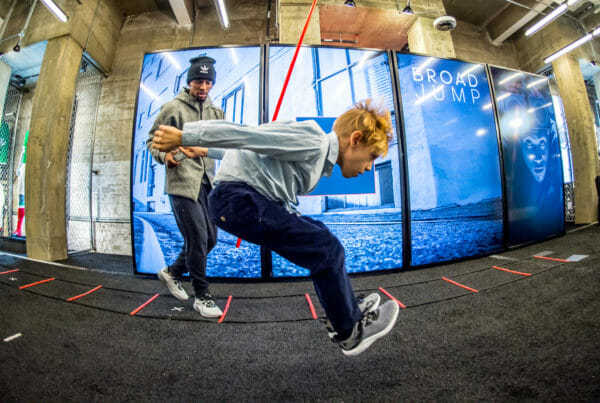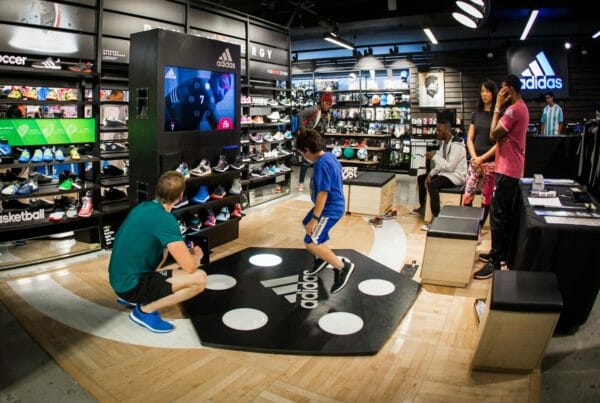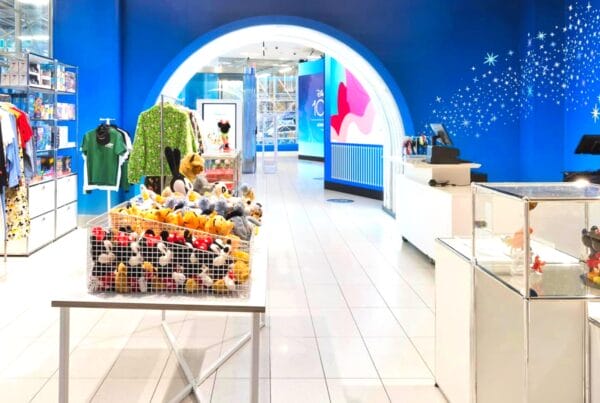You might be asking, what is a digitally native brand? While no universal definition for “digitally native brand” exists, the term “digital native” was first used in 2001 to describe individuals who grew up using computers and the internet to accomplish the majority of their tasks during the day, as well as at home. Essentially, people who have only lived in a digital world and have been introduced to the first smartphones, the internet, online shopping, and now have disposable income that can help consumer brands grow.
What is a Digitally Native Brand?
Using the definition above, a digitally native company is a brand that has only existed in the digital world, meaning one that exists primarily or entirely online, from “showrooming” to order placement or even fulfillment.
Digitally native brands are usually e-commerce businesses that generate the majority of their revenue from online sales. Digitally native brands’ business models also tend to focus on attracting digital natives as their core consumers, trying to solve problems with something innovative or new. Warby Parker, considered a pioneer in B2C e-commerce, first attracted shoppers with the social mission “buy a pair, give a pair” of sunglasses. We’ve seen other brands in the footwear space do the exact same thing, but many have gone the retail direction as opposed to the direct-to-consumer (DTC) route over time. The Warby Parker brand saw a need for high-quality, well-fitting sunglasses at an affordable price point and exploited the gap in the market. Warby Parker combined these concepts and has grown into one of the most recognizable digitally native brands.

Recent Retail Industry Trends
NOW is the perfect opportunity for digitally native brands to pilot the concept of a physical location. The heels of a global pandemic have provided a surplus of affordable retail real estate in historically prime locations for high traffic. The risk/reward ratio is so low that many online brands (those that posted record e-commerce sales earnings as consumers sheltered in place across the country) can afford to jump into the physical store landscape with both feet and multiple locations. Real estate experts not long ago predicted that over 1,000 brands would open stores for the first time in the post-pandemic landscape.
Think about your local mall or even some of the mixed-use developments focused on being able to live, work, and play in the same location; they all have vacancies and rents that need to be covered. Brands such as Brooklinen, Adore Me, Birchbox, and even Bonobos now have the perfect opportunity to expose their brands to the non-digitally native audience by entering the brick-and-mortar store space at a fraction of the cost. Not only does this opportunity afford them the chance to appeal to new audiences, but it can also create increased customer loyalty among their current core. A physical store presence provides powerful customer experiences and new customer acquisition opportunities that online-only brands miss out on. A quick return drop-off or pick-up on the way home from a soccer game (digital natives are now in their family-producing years) can provide the opportunity for more brand interaction and increases in both the frequency of orders and order volume.

Online Retailers Opening Stores 101
While many traditional retailers have struggled to sustain massive footprints across the country, digitally native brands have begun to thrive in areas where their core target consumer is present. While there isn’t an exact formula that leads to brick-and-mortar success for digitally native brands, there are some winning components. that can increase acquisition and drive sales beyond what they traditionally would see online.
Location is still key!
One thing digitally native brands are great at is collecting and interpreting data. In recent years, we’ve seen trends in real estate of brands using their data expertise to choose the best retail locations to place stores in places that are convenient for their demographic targets to shop. They also tend to pick trendy, up-and-coming locations that fit with their innovative thinking. For instance, New York (SoHo) is emerging in real estate trends as a vibrant location for digitally native brand locations and pop-up shops.
Technology is leading the way
New stores are serving as experiences, not just opportunities to shop. Gone are the days of sterile square spaces with racks upon racks of merchandise. Modern consumers don’t simply buy products, they buy brand experiences. Apple pioneered the concept with their Apple stores. L.L. Bean took it a step further with a virtual hiking experience at their Mall of America location. Now, brands are tapping into the occult experience seekers who want to immerse themselves in the brands they buy. It’s about creating a memory and feeling like they are a bigger part of something other than just themselves. Digital displays, digital signage, and interactive components are the trending commonplace baseline for this type of store.
The digitally native brands that are doing it well are those that are developing virtual experiences, creating online connectivity with others that are remote, and allowing for both in-store and virtual shopping while in the physical location. Sometimes more than half of the square footage of these stores is dedicated to technology-infused experiences rather than merchandise itself.
Data. Data. Data!
Digital-first brands use online data to customize offline and in-store experiences. These brands excel at tracking customer behavior, internet activity, click trails, and other analytics. Now, they’re able to apply it in-store. Learning from their online store experiences and tapping e-commerce data, digital-first brands are well-equipped to customize every aspect of the brick-and-mortar location to design innovative physical stores aligned with their customers’ needs.
Brands can customize signage in the store when one of their high-volume buyers digitally walks in. They can present digital pricing tags that are reflective of who is standing in front of them (i.e., rewards earners see a different price than the average shopper). The POP executions can be tailored and personalized as well. We’ve even seen brands offer two-way video communication with content creators and influencers outside of the store.

The takeaway is this: retail isn’t going away, but it’s only evolving. The brands that focus on the customer first and how technology can drive better experiences will be the ones that win the revenue wars in the coming decade.
For more on how Bluewater can help evolve your digitally native brand in the retail space, contact us for a free consultation.










